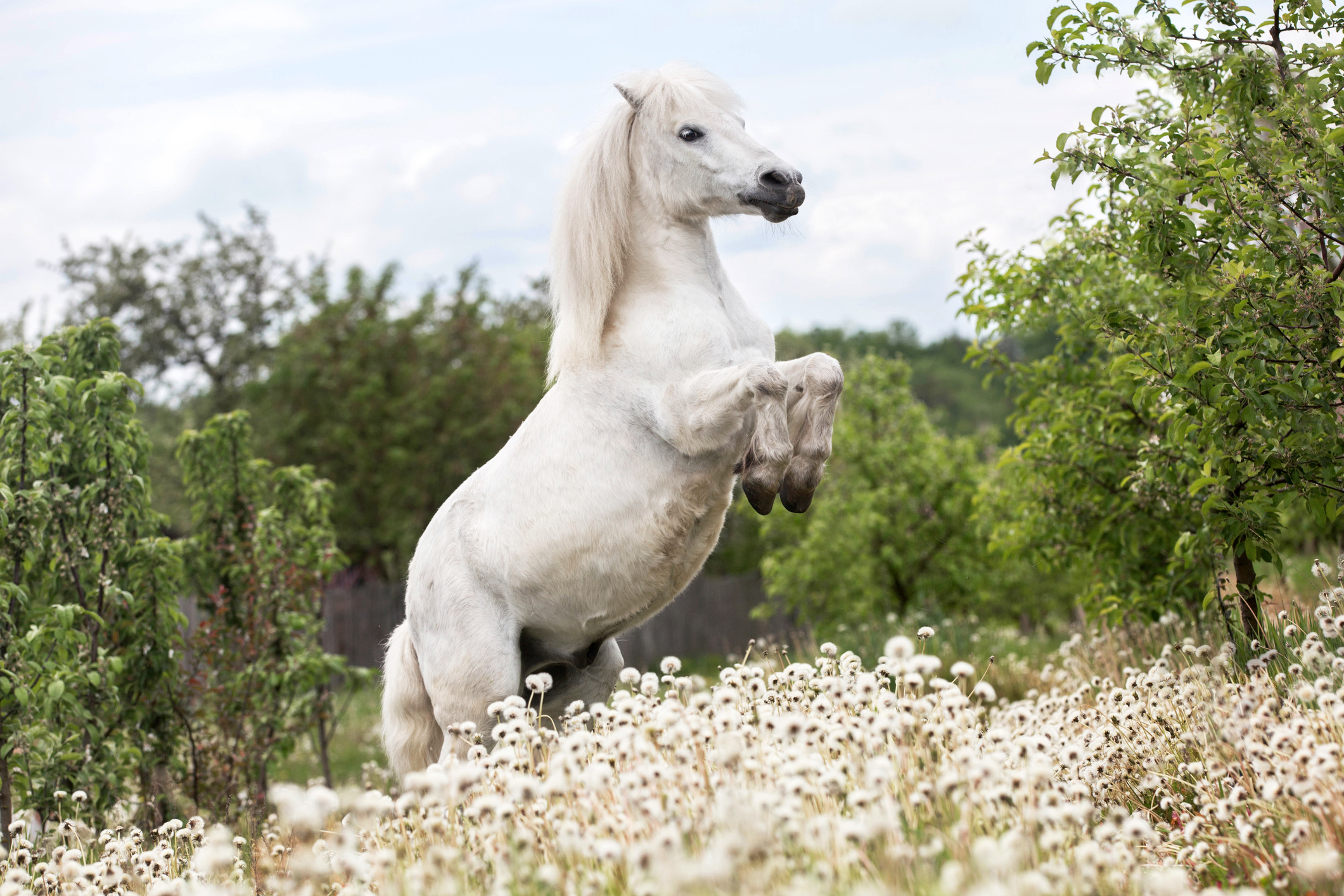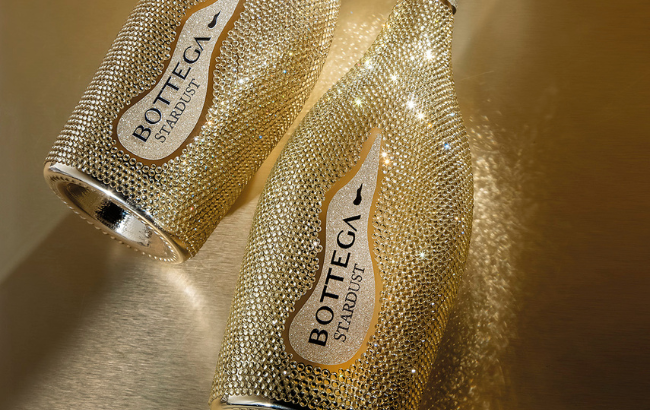Researchers uncover the true identity of ‘Tequila worms’
By Louis ThomasGenetic analysis by a team of entomologists from the University of Florida has shed light on one of mezcal’s key marketing gimmicks.

Despite their nickname, it is prohibited to put ‘Tequila worms’ in Tequila, and they are usually in other (often cheaper) mezcals. Additionally, they aren’t actually worms at all, but insect larvae.
The history of how these creepy crawlies ended up in spirits is somewhat murky. There is a centuries old history of ‘worm’ collectors, known as ‘gusaneros’, using metal hooks or agave spines to extract the creatures from agave plants in order to use them as a cooking ingredient.
It was in the mid-20th century that some mezcal distillers realised that adding the larvae, which contribute very little by way of flavour (and aren’t hallucinogenic, despite popular myths), gave their bottles novelty appeal. Today, the larvae are usually farmed rather than wild caught and tend to be ‘toasted’ before bottling, rather than being added alive.
After examining the DNA sequences of ‘worms’ found in various mezcal brands, purchased between 2018 and 2022, the team identified the invertebrate as the larval stage of Comadia redtenbacheri, the agave redworm moth, which technically makes the ‘worm’ a caterpillar. Rather than most larvae, which develop in trunks and roots, the larvae of this moth species develop in agave plants.
Partner Content
One of the research team, Akito Kawahara, told Fox News that the discovery was “not expected”: “…there has been some debate in the literature as to the specific species of ‘worm’ that is in the bottles, other than that it is of an insect…It was not a butterfly or a beetle, as some have thought.”
Despite there being a number of possible larval contenders, including that of the Tequila giant skipper butterfly (Aegiale hesperiaris), which is widely consumed, all of the specimens studied were of the agave redworm moth.
Related news:
US$400,000 of limited edition mezcal sells out in one night
Why saving agave and helping bats can secure a future for mezcal
Related news
US wine bodies lobby Congress for answers
America’s top 50 craft breweries
South Australia wine exports to China reach post-tariff high




